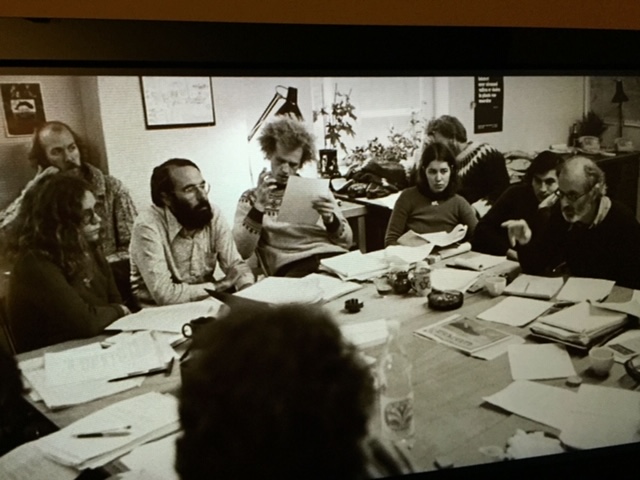Wearing perfume exposes us to chemicals that can enter the body, aren’t easily broken down and may have unwanted health effects.
Executive summary: The goal of this investigation was to quantify the use of two groups of chemicals – phthalates and synthetic musks – in a random selection of perfume brands. Greenpeace commissioned a laboratory to test 36 brands of eau de toilette and eau de parfum for levels of the two chemical groups. The results confirm that some synthetic musks, most notably the polycyclic musks galaxolide (HHCB) and tonalide (AHTN), and some phthalates, especially diethyl phthalate (DEP), are widely used by the perfume industry. This suggests that regular use of perfumes could substantially contribute to individuals’ daily exposure to these chemicals, some of which have already been recorded as contaminants in blood and breast milk. Furthermore, there is increasing evidence of potential endocrine-disrupting properties for certain musk compounds. In this context, these results reinforce the need for legislation that will drive the replacement of hazardous substances with safer alternatives. The current development of new EU legislation on the manufacture and use of chemicals, known as REACH (Registration, Evaluation and Authorisation of Chemicals), provides the opportunity to set out requirements for such substitution as a vital contribution to protecting the public from exposure to hazardous chemicals.
Num. pages: 15



